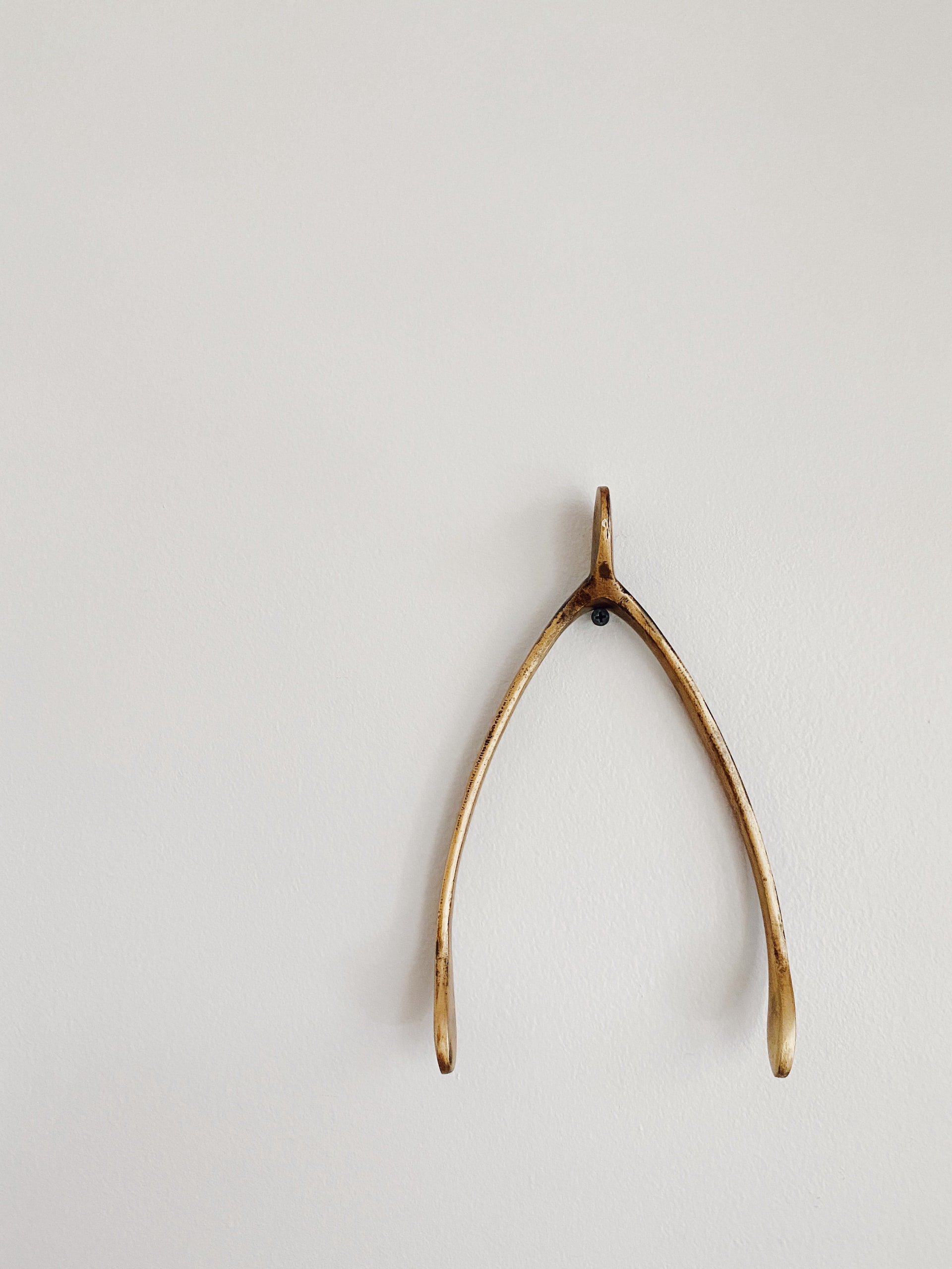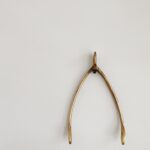
The wishbone is a bone found in the upper chest of birds. It is typically two to five inches long and one inch wide. The wishbone helps give strength to the bird’s wings and shoulders. It also provides an anchor point for their muscles to grow and develop.
A wishbone is also called the furcula, which is latin for “little fork.” This name became popular in the 1800’s when it was discovered that a furcula resembles a wishbone due to the line across its center (Smithsonian, 1999). It can be found on all birds belonging to certain families, such as the pheasant family, the falcon family, and the owl family.

How to use a wishbone
A wishbone can be used in many ways, but it is mainly intended to bring good luck when your team wins a game. When you are at a football or soccer match, have everyone in your group put one hand on the top of the bone and pull in opposite directions. The person who pulls the larger portion of the bone will have their wish come true (Smithsonian, 1999). For more information on the history of the wishbone click here.
The Wishbone is a symbol of love
The Wishbone is a symbol of love, faith and hope. The story goes that there once was a prince whose father, the king, had died leaving him with a kingdom in chaos. The prince’s brothers were greedy and wanted the riches of the kingdom for themselves while his sister looked on yearning to help her brother mend their hearts and restore peace to their home. So the young princess prayed to Aphrodite for a way, any way, to help her brother save their home.
The next day the princess awoke to find a large bone outside her window. She took it back to her room and prayed again. When she re-opened her eyes she noticed that there was now red sap all over the bone dripping from the little wishbone hole. It was then that the princess knew Aphrodite heard her prayers and had blessed her with a way to mend her brother’s broken heart.
There are two versions of the story behind the origin of the wishbone
The first states that it comes from an old Celtic legend of a large bird with the power to grant wishes. It would place people under a spell and take them back to its lair where they would build nests for their new bird masters (Smithsonian, 1999). When one was placed in a nest he or she could only be released by the bird’s master if they agreed to give up their next three wishes.
The other version, and probably the more likely origin of the wishbone is that it was discovered by a little boy named Hiroshi. One day while he was eating lunch with his sister Hana she noticed an interesting looking bone in her soup. She showed it to Hiroshi and he immediately started thinking of how lucky it would be if they could find more bones like this one. He and his sister searched for them all summer long until finally Hiroshi found a large group of bones by a nearby river.
Conclusion
Although no one can really pinpoint the exact origin of the wishbone there is a lot we do know. We know that it was most likely discovered by Hiroshi and Hana, or by a young princess who found a bone perched outside her window. The Wishbone appears to have been around for hundreds of years among people all over the world. Although it started out as a symbol of luck and fate, the wishbone is now recognized as a much more loving symbol. It represents faith, hope and love for many people today. To others it still stands as a reminder that there is always an opportunity for happiness in all forms of life.


